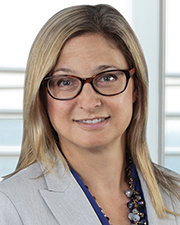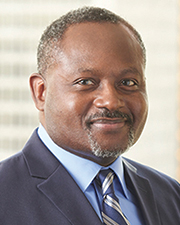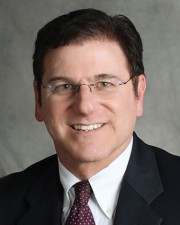


As the Coronavirus has encapsulated the world, government go-aheads to construction firms are welcome relief to the industry. Lenders’ collective reaction to the current economic concerns is another matter. Future financing is always imperative to ensure ongoing construction as well as new projects.
Government responses are changing by the day, but the Federal Reserve has acted decisively and thoroughly in response to the economic threats following the Coronavirus outbreak. Staying true to its Congressional mandate to “promote maximum employment and stable prices, along with its responsibilities to promote the stability of the financial system”, the Fed has devised numerous strategies to meet the persistent demand for redemptions and infuse money into the market. It has cut interest rates to zero, coordinated with other central banks to encourage purchases of the U.S. dollar, committed to purchasing an unlimited amount of U.S. Treasuries and mortgage-backed securities, and explicitly encouraged banks to reduce their reserves held against demand deposits (by eliminating entirely reserve requirements).
Additionally, the Fed established five new facilities that will be funded in part with $30 billion in equity from the Department of the Treasury:
• Primary Dealer Credit Facility: will purchase new eligible corporate bonds from investment grade issuers and will issue loans to same;
• Secondary Market Corporate Credit Facility: will purchase outstanding corporate bonds, possibly including some eligible investment-grade corporate bond exchange traded funds;
• Term Asset-Backed Securities Loan Facility: will extend non-recourse loans to eligible borrowers, securitizing them with assets such as student loans, auto loans, credit card loans and loans guaranteed by the Small Business Administration;
• Money Market Mutual Fund Liquidity Facility: will extend non-recourse loans to eligible financial institutions in exchange for their purchase of high-quality assets from money market mutual funds, including municipal variable rate demand notes and bank certificates of deposit; and
• Commercial Paper Funding Facility: will buy commercial paper (short-term loans and tax-exempt/municipal), reducing the risk that eligible issuers will not be able to repay investors, so as to encourage investors to engage in term lending in the commercial paper market.
The Fed also plans to establish a “Main Street Business Lending Program” targeted at small-and-medium sized businesses. Collectively, all of the Fed’s new actions and Facilities are designed to lower the cost of longer-term debt, promote liquidity and increase the flow of credit to American businesses and families. Companies can access this credit to meet current operational needs and invest in new capital spending.
The Fed’s exclusive ability to alter the money supply and credit conditions, and willingness to do so, should spur the necessary institutional lending that can sustain development and its consumers through these troubled times. Many architecturally notable buildings have been completed in prior deep economic contractions such as Eleven Times Sq. (NY Times building) in New York; 550 Madison Ave. (Sony Tower) in New York; 1111 Lincoln Rd. (Herzog and de Meuron’s parking garage) in Miami; 200 Clarendon (Hancock Tower) in Boston; and of course, the Federal Reserve Bank Building in Boston. So long as the lenders follow the lead of the Fed, new architectural beauties will continue to unfold and prosper.
Virginia Trunkes is and attorney at Robinson+Cole and Endicott Peabody is a member of Robinson+Cole’s business transactions group.




